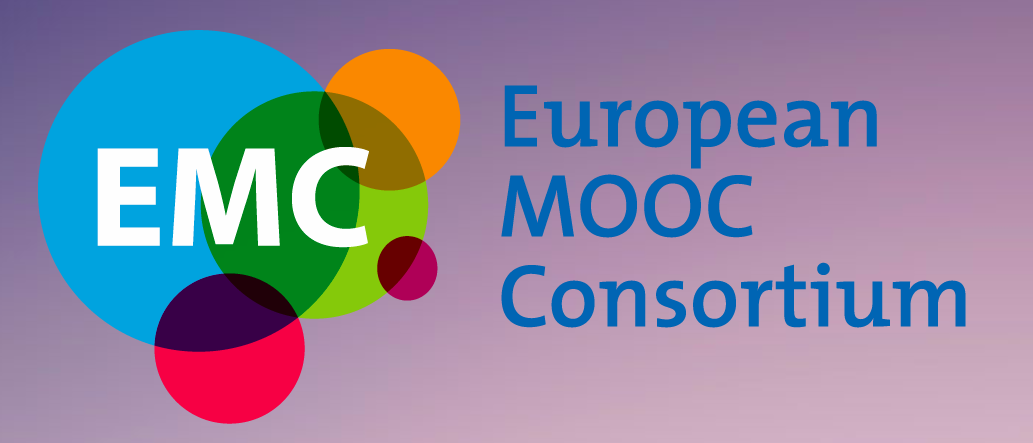PHOTO: CC-BY B. de los Arcos
Claire Walker and I were scheduled to present at FlipCon13 last Wednesday, June 18th. Sadly, we never made it, as this silly Spaniard single-handedly decided it would be better fun to visit the local hospital, and not exactly to research their use of OER, mind you (I reckon they pretty much close what they open). All is good, don’t fret, but since we managed to disappoint our expectant audience, here come a few thoughts that will also help me keep up with the flurry of blog posts coming from my colleagues.
Our presentation was meant to highlight some of the findings from the initial analysis of the survey we ran in collaboration with the Flipped Learning Network to find out about K12 teachers’ use of free online resources in the context of the flipped classroom. Before I go ahead, have a look at this video featuring Aaron Sams, one of the pioneers of flipped learning, explaining what it is all about.
To put it simply, the average profile of our survey respondent is a Math/Science teacher in K9-12 grades, with over ten years’ teaching experience but only a year implementing flipped learning, searching the internet for videos, images, quizzes and interactive games that will help them prepare for their teaching, supplement their lessons and find inspiration from others.
Creating, curating and reflecting
The debate exists in the flipped learning world whether teachers should create or curate their own resources. Jon Bergmann’s talk that the flipped classroom is all about building relationships with your students suggests that creating is the way to their minds and hearts, but what do teachers think? In our survey 55% of teachers are relieved because using free online resources means that they don’t have to create their own materials. Decent support for the idea of curating, one would think, but does this resolve the issue? Certainly not: a strong 38% of teachers are undecided, which brings it all back to square one. However, one thing seems to be clear, if it is all about relationships indeed, teachers are not worried about what their students might think of them if they don’t create their own videos and use some other teacher’s instead (89%).
Jon also talked about the need for teachers to engage in reflective practice as they flip their classroom, does the use of free online resources help them become more reflective? 90% of our respondents say they reflect more on the way they teach, 69% that they more frequently compare their teaching with others.
How open is the flipped learning community?
Here’s the challenge: 96% of teachers have created resources to use in their flipped classrooms; 44% have published these resources publicly online, but only 6% under a Creative Commons license, despite the fact that 70% consider open licensing important or very important. Isn’t this curious? Only once during FlipCon13 I heard a teacher saying “Here are my resources, use them, do whatever you like with them”. I’m in the same room, I can hear her but when I access her blog, I don’t know what I can do with her wonderful videos. I honestly think that K12 teachers engaged in flipped learning are also engaged, for the most part, in open practice, but they need to spell it out better for the rest of the world. Can we help?





Reblogged this on Il Blog di Tino 2.0 Mah!.
[…] A commonly asked question is: how open is the flipped learning community? The view taken by OERRH researcher, Bea de los Arcos, is that K12 teachers engaged in flipped learning are also engaged, for the most part, in open practice, but they need to spell it out clearer for the rest of the world. Bea discusses some of this in a recent blog post. […]